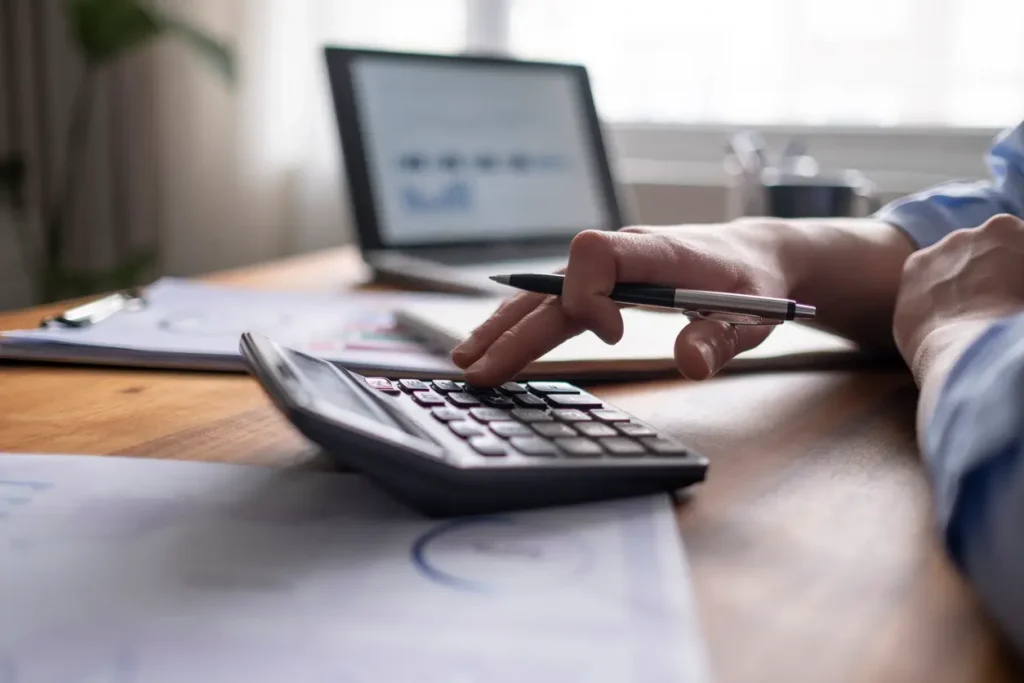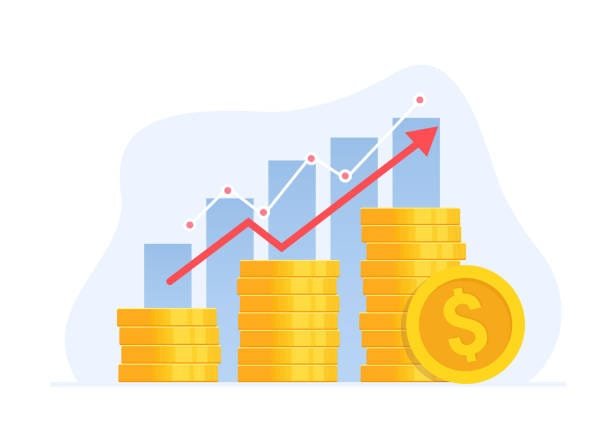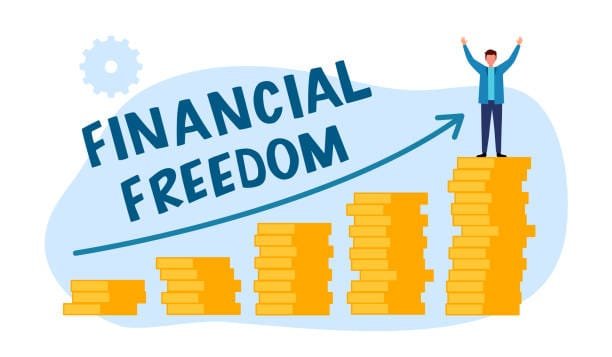Now Reading: 💸 How to Save Money While Paying Off Debt in 2024
- 01
💸 How to Save Money While Paying Off Debt in 2024
💸 How to Save Money While Paying Off Debt in 2024

🎯 Why It’s Possible to Save While Paying Debt
Balancing savings and debt repayment may seem impossible, but with the right strategy, you can achieve both. Here’s how to stay on track financially without feeling overwhelmed.

📖 Step-by-Step Strategy to Save While Paying Debt
1. Create a Budget That Balances Both
- 50/30/20 Rule:
- 50% for essentials (housing, groceries, utilities).
- 30% for discretionary spending (entertainment, dining out).
- 20% for savings and debt repayment.
- Budgeting Tools: Use apps like Mint, YNAB, or PocketGuard for easy tracking.

2. Build an Emergency Fund First
- Save $1,000 as a starter emergency fund.
- Keep it in a high-yield savings account for quick access.
- Automate monthly savings, even if it’s just $25–$50 per month.
3. Choose a Debt Repayment Method
- Debt Snowball: Pay off smallest debts first for quick wins.
- Debt Avalanche: Pay off debts with the highest interest first to save money.
- Use balance transfer cards for lower interest.
4. Cut Unnecessary Expenses
- Cancel unused subscriptions: Check streaming services, gym memberships, and apps.
- Cook at home: Save hundreds monthly by eating out less.
- Shop smart: Use cashback apps like Rakuten and Ibotta.
💡 Maximize Savings While Reducing Debt
- Round-Up Apps: Apps like Acorns round up purchases and save the difference.
- Cashback Cards: Use rewards to pay down debt or boost savings.
- Side Hustles: Earn extra income through freelancing, tutoring, or selling online.
🚫 Mistakes to Avoid
❌ Only paying the minimum on credit cards.
❌ Skipping savings entirely while paying debt.
❌ Using savings to pay off debt without an emergency fund.
🎯 Final Thoughts: Find the Balance

Saving while paying off debt is about consistency, not perfection. Start small, stay disciplined, and watch both your savings and debt improve.
📅 Take Action Today: Set your monthly savings goal and debt repayment plan.




























